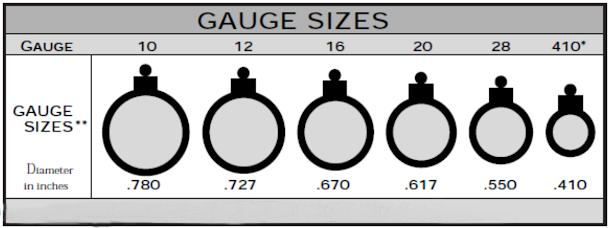 |
Not actually Erin. & is used with permission. |
Some of you may have never heard the name "John Titor"; for others, it's a blast from the past. Regardless of your familiarity with the name, I'd like to beg your indulgence as I talk about this fascinating character. His story is fantastical, but given that we are approaching Halloween, I think a little fantasy can be forgiven in the name of seasonal spookiness.
In late 2000 and early 2001, a man going by the name "John Titor" on internet message boards claimed to be a time traveler from 2036. According to him, the United States would have a second civil war in 2004, followed by a brief nuclear World War 3 with Russia, and eventually the fragmented USA would re-form in a much more decentralized manner.
If you don't mind spending 30 minutes watching a video, a very detailed breakdown of the John Titor story can be found here.
As someone who not only lived through that time period but was also online throughout it all, and therefore aware of the Titor Phenomenon, let me say the following:
- While I didn't believe his story, I found it plausible enough. I guess you could say that, like Fox Mulder, I "wanted to believe".
- The events of 9/11/2001 gained an especially eerie quality when viewed through the lens of Titor's predictions. For a while there it seemed like his claims of "a Waco-level event each month" might come true.
- Despite the fact that this seems like a well-crafted internet hoax, there is still some wisdom to be gained from the fictional Titor's advice.
In one of his final posts, Titor gave the following advice to people on how to survive his future:
- Do not eat or use products from any animal that is fed and eats parts of its own dead.
- Do not kiss or have intimate relations with anyone you do not know.
- Learn basic sanitation and water purification.
- Be comfortable around firearms. Learn to shoot and clean a gun.
- Get a good first aid kit and learn to use it.
- Find 5 people within 100 miles that you trust with your life and stay in contact with them.
- Get a copy of the U.S. Constitution and read it.
- Eat less.
- Get a bicycle and two sets of spare tires. Ride it 10 miles a week.
- Consider what you would bring with you if you had to leave your home in 10 minutes and never return.
My thoughts on these:
- This is a reference to Bovine Spongiform Encephalopathy (BSE), aka "Mad Cow Disease", which is caused by a prion. Explaining what that means is a deep rabbit hole that I leave to the curious reader; for the less curious, let me just say that there's a very good reason why humans generally regard cannibalism as a dangerous and unhealthy thing, and so eating cannibalistic animals is likewise a bad thing.
- If you don't know someone, you don't know what diseases they have. Yes, HIV and syphilis are awful, but in a long-term grid-down disaster, even the flu could prove fatal.
- Poor sanitation and impure water lead to disease and possibly death.
- Guns are useful for hunting and for self-defense.
- You are your own first responder in the best of situations. At the worst, you are your only responder.
- We have talked about the importance of having a Tribe in many articles.
- In my opinion this is 50% "be aware of your rights" and 50% "if you have to rebuild society, this is a good blueprint for that".
- "Stop eating junk and lose weight."
- "Get in shape, too. Also, a bicycle is transportation that doesn't need gasoline or electricity to operate."
- This is why preppers have Bug Out plans and bags.
Even if they're from a fictional person crafted for an internet hoax, these are still good rules for survival.













.png)










